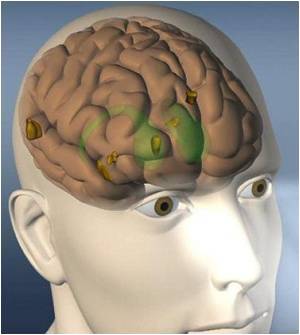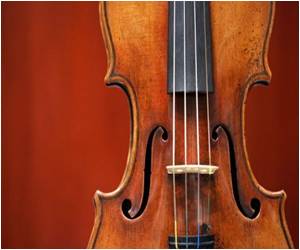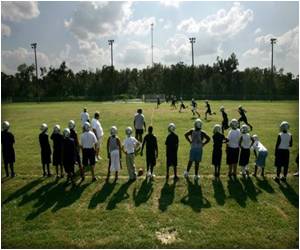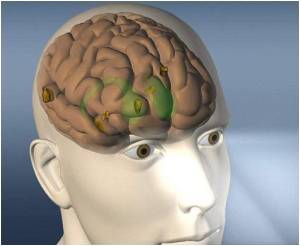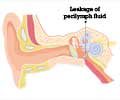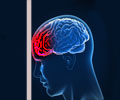Abusive head injury defined as a skull fracture in children under the age of 5 years was more common in the months of January, July, and October.
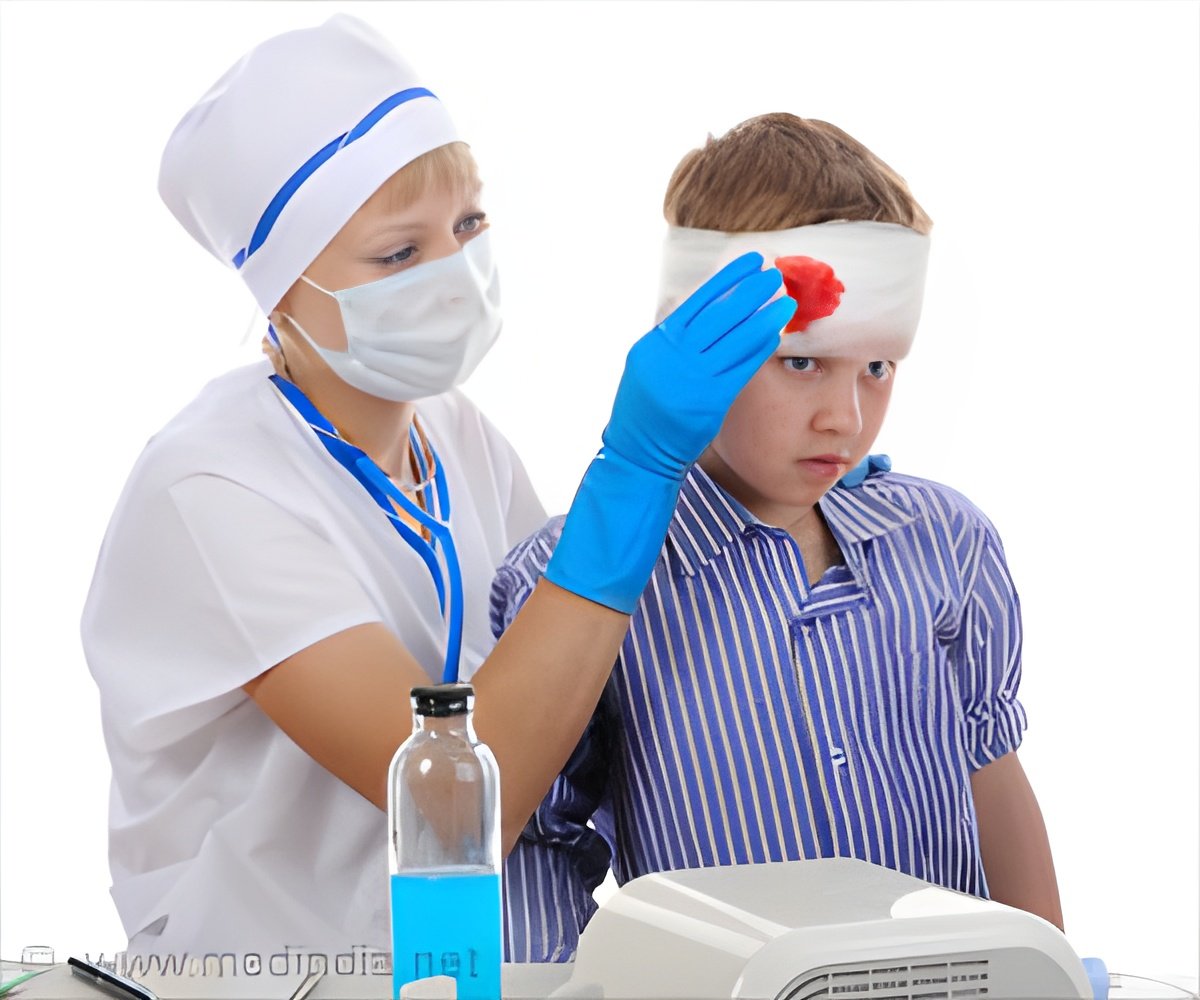
‘The number head injury cases in children increased substantially between 2009 (19.6 per 100,000) and 2014 (47.4 per 100,000), with a peak in 2012 (49.5 per 100,000).’





LBCH is a tertiary hospital located in Memphis, Tennessee. The catchment area extends 200 miles out from the hospital, including children not only from Tennessee but also Mississippi, Arkansas, Kentucky, and Missouri. The authors point out that Memphis and the surrounding area have more than a quarter of people living below the poverty line and nearly as many with less than a high-school education. Abusive head injury is disproportionately represented among the poor and socioeconomically disadvantaged. For the purpose of this study, abusive head injury was defined as a "skull fracture or intracranial hemorrhage in a child under the age of 5 years with a suspicious mechanism or evidence of other intentional injuries, such as retinal hemorrhages, old or new fractures, or soft-tissue bruising."
Two hundred thirteen children, all younger than 5 years old, were evaluated and treated at LBCH during the 6-year study period. The majority of the children were 6 months of age or younger (55%), male (61%), and publically insured (82%). The racial distribution of the patients was 47% African American, 39% white, and 14% all other races combined.
The authors proposed a new classification for NAT head injury severity: Grade 1, skull fracture alone (25% of patients); Grade II, intracranial hemorrhage or brain swelling that does not require surgery (with or without skull fracture) (48%); and Grade III, intracranial hemorrhage (for example, acute or chronic subdural hemorrhage) requiring neurosurgical intervention (23%) or brain injury resulting in death (3%). The most common neurosurgical procedures performed were bur hole washout or percutaneous transfontanelle aspiration of subdural fluid (blood mixed with cerebrospinal fluid) and decompressive craniectomy.
The authors found the average monthly (6-year aggregate) and annual incidences of abusive head injury in the catchment area (per 100,000 children 0 to 4 years of age) to be 18.3 and 36.6 cases, respectively. The number of cases increased substantially between 2009 (19.6 per 100,000) and 2014 (47.4 per 100,000), with a peak in 2012 (49.5 per 100,000). January, July, and October were associated with higher than average rates of abusive head injury.
Advertisement
The senior author, Dr. Paul Klimo, states, "This is a sobering study. All of us involved in the daily care of these unfortunate children felt that we were seeing more and more of them over the years, but to see the actual numbers is quite an eye-opener. This year alone, through the first 2 weeks of May, we have already seen 28 cases, including 6 deaths. At this pace, 2016 will have the highest incidence, something I sincerely hope we don't achieve. This is a serious public health issue that deserves greater attention within local communities, statewide and nationally."
Advertisement
Source-Eurekalert

